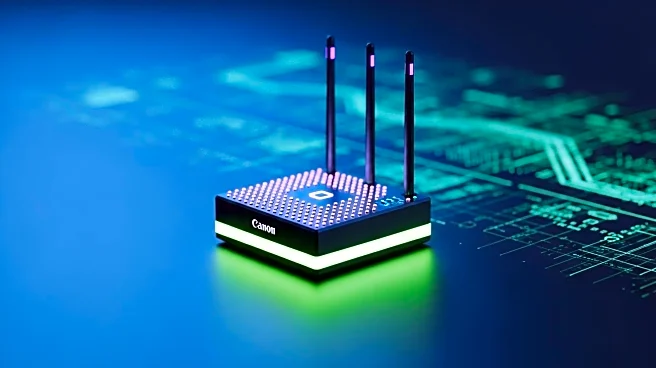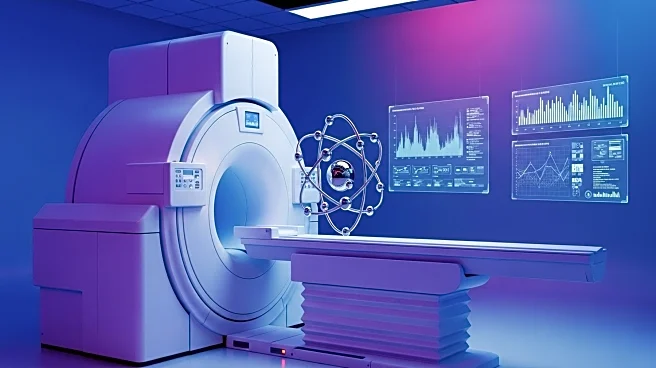What is the story about?
What's Happening?
Researchers at The Grainger College of Engineering, University of Illinois Urbana-Champaign, have introduced a modular approach to quantum computing, likening it to the assembly of LEGO bricks. This method addresses the challenges of constructing quantum computers monolithically, which involves manipulating millions of qubits. The modular system allows for the creation of smaller, high-quality modules that can be interconnected to form a comprehensive quantum computing system. The team's work, published in Nature Electronics, demonstrates a high-performance modular architecture for superconducting quantum processors, offering scalability, fault tolerance, and reconfigurability. The modular approach enables system scalability, hardware upgrades, and tolerance to variability, making it a more attractive option compared to monolithic systems.
Why It's Important?
The development of modular quantum computing systems is significant as it addresses the limitations of monolithic superconducting quantum systems, which are restricted in size and fidelity. Achieving high fidelity is crucial for performing logical operations without errors. The modular approach allows for scalability and reconfigurability, which are essential for advancing quantum computing technology. This innovation could lead to more efficient and reliable quantum computers, impacting industries reliant on complex computations, such as cryptography, materials science, and artificial intelligence. The ability to reconfigure systems and maintain high-quality connections between qubits could revolutionize communication protocols within quantum computing.
What's Next?
The researchers plan to focus on scalability by attempting to connect more than two devices while retaining the ability to check for errors. This next step involves testing the performance of the modular system to ensure its viability for larger-scale applications. The team aims to refine the modular architecture to support more complex quantum operations and enhance the system's fault tolerance. Continued research and development in this area could lead to breakthroughs in quantum computing capabilities, potentially influencing technological advancements and economic growth.
AI Generated Content
Do you find this article useful?














